Hexadecanolactone
Modify Date: 2024-01-02 17:33:39
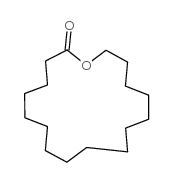
Hexadecanolactone structure
|
Common Name | Hexadecanolactone | ||
|---|---|---|---|---|
| CAS Number | 109-29-5 | Molecular Weight | 254.40800 | |
| Density | 0.94 | Boiling Point | 188 °C / 15mmHg | |
| Molecular Formula | C16H30O2 | Melting Point | 34-38 °C(lit.) | |
| MSDS | Chinese USA | Flash Point | >100°C | |
| Symbol |

GHS07 |
Signal Word | Warning | |
Use of HexadecanolactoneHexadecanolide is a bioactive chemical. |
| Name | 16-hexadecanolide |
|---|---|
| Synonym | More Synonyms |
| Density | 0.94 |
|---|---|
| Boiling Point | 188 °C / 15mmHg |
| Melting Point | 34-38 °C(lit.) |
| Molecular Formula | C16H30O2 |
| Molecular Weight | 254.40800 |
| Flash Point | >100°C |
| Exact Mass | 254.22500 |
| PSA | 26.30000 |
| LogP | 5.00460 |
| Vapour Pressure | 2.6E-05mmHg at 25°C |
| Index of Refraction | 1.435 |
| Storage condition | −20°C |
| Stability | Stable. Combustible. Incompatible with strong oxidizing agents. |
CHEMICAL IDENTIFICATION
HEALTH HAZARD DATAACUTE TOXICITY DATA
|
| Precursor 8 | |
|---|---|
| DownStream 10 | |
| HS Code | 2932209090 |
|---|---|
| Summary | 2932209090. other lactones. VAT:17.0%. Tax rebate rate:13.0%. . MFN tariff:6.5%. General tariff:20.0% |
|
Lactone synthesis from 16-hydroxyhexadecanoic acid ethyl ester in organic solvents catalyzed with polyethylene glycol-modified lipase. Kodera Y, et al.
J. Biotechnol. 31(2) , 219-224, (1993)
|
|
|
Lipase-catalyzed ring-opening polymerization of 16-hexadecanolide. Namekawa S, et al.
Proc. Jpn. Acad.,. Ser. B, Phys. Biol. Sci. 74(4) , 65-68, (1998)
|
|
|
A Facile and Efficient Synthesis of Caeliferin a 16: 0. Peng C, et al.
Chem. Nat. Cpds. 2(52) , 199-201, (2016)
|
| EINECS 203-662-0 |
| oxacycloheptadecan-2-one |
| 16-Hexadecanolide |
| Juniperic acid lactone |
| 16-Hexadecanolactone |
| MFCD00039668 |
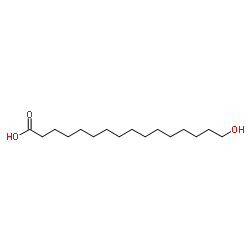 CAS#:506-13-8
CAS#:506-13-8 CAS#:2536-36-9
CAS#:2536-36-9 CAS#:28645-51-4
CAS#:28645-51-4 CAS#:2536-35-8
CAS#:2536-35-8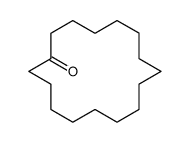 CAS#:2550-52-9
CAS#:2550-52-9 CAS#:85258-69-1
CAS#:85258-69-1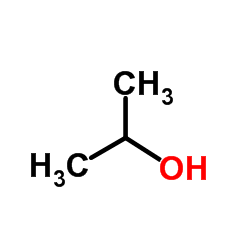 CAS#:67-63-0
CAS#:67-63-0 CAS#:85115-85-1
CAS#:85115-85-1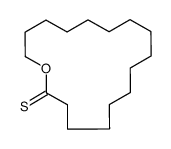 CAS#:107223-88-1
CAS#:107223-88-1 CAS#:1220909-16-9
CAS#:1220909-16-9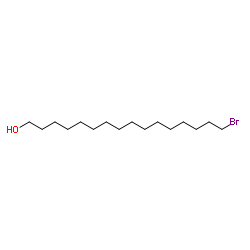 CAS#:59101-28-9
CAS#:59101-28-9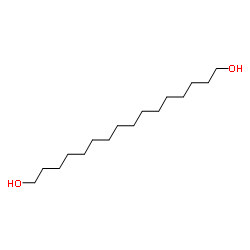 CAS#:7735-42-4
CAS#:7735-42-4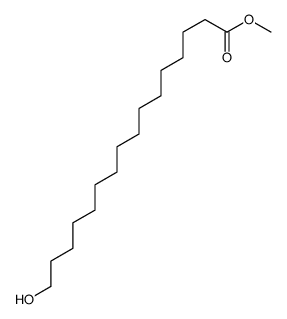 CAS#:36575-67-4
CAS#:36575-67-4 CAS#:26825-89-8
CAS#:26825-89-8![19-[tert-butyl(dimethyl)silyl]oxy-3-methylnonadec-1-en-3-ol structure](https://www.chemsrc.com/caspic/471/824404-34-4.png) CAS#:824404-34-4
CAS#:824404-34-4